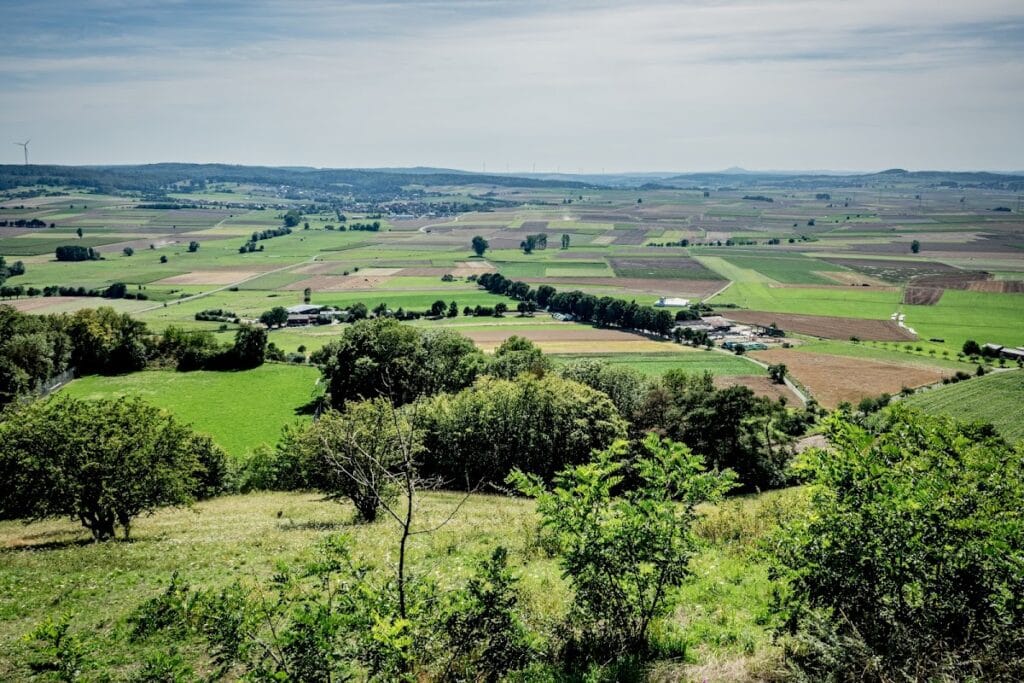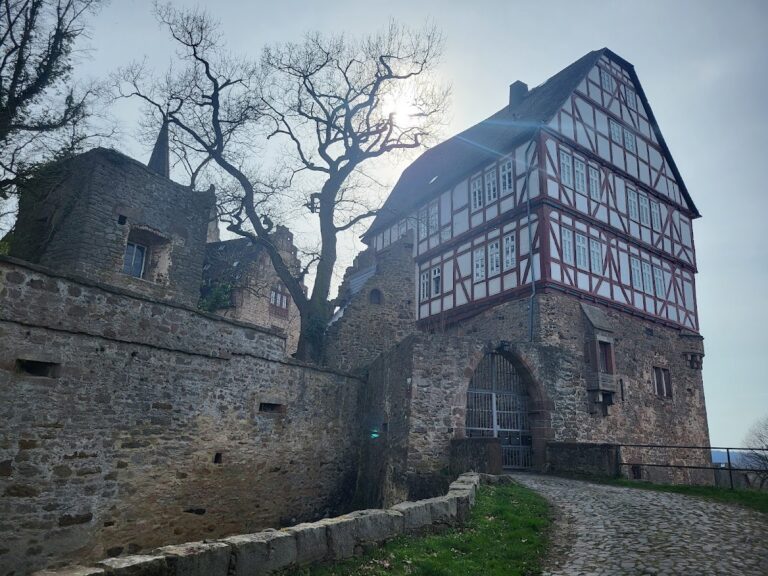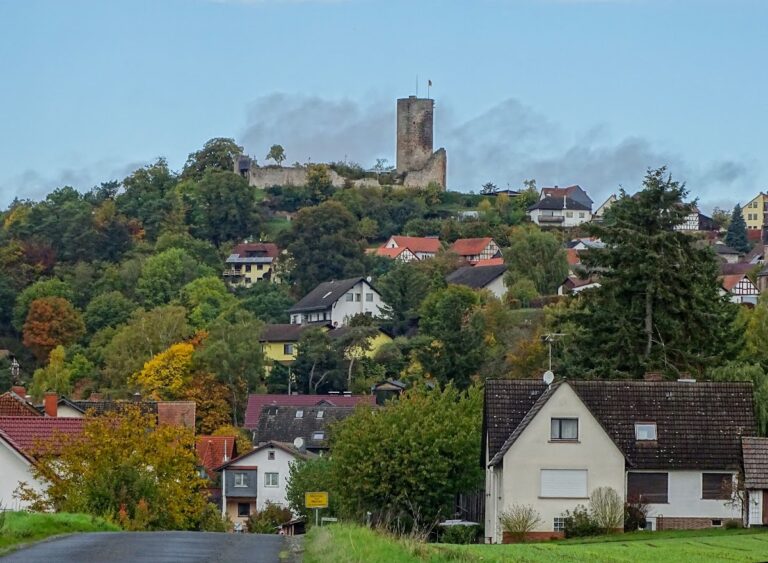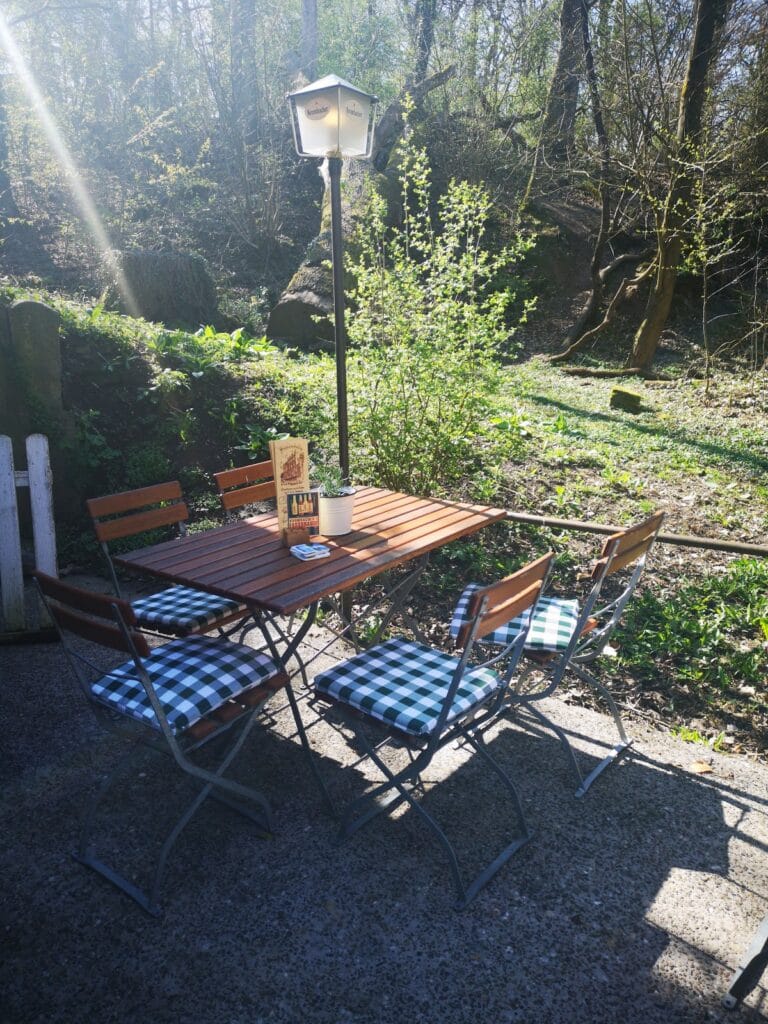Burg Amöneburg: A Historic Castle Site in Germany
Visitor Information
Google Rating: 4.5
Popularity: Low
Google Maps: View on Google Maps
Country: Germany
Civilization: Medieval European
Remains: Military
History
Burg Amöneburg is situated in the municipality of Amöneburg in Germany. The site’s origins trace back to the late Celtic period when a fortified settlement, known as an oppidum, was established on a basalt hill. This oppidum, one of the northernmost of its kind, covered roughly 12 hectares and included the area that later became the Wenigenburg ruin. Archaeological discoveries such as gold and silver coins, ceramics, and jewelry artifacts from the late La Tène period reveal the settlement’s significance during this time, including evidence of houses and fortifications that suffered destruction by fire.
Several centuries later, during the Merovingian era, a smaller fortified presence appeared on the same hill. In 721, the Frankish missionary Boniface made use of a fortress there, setting up a modest monastery and a church dedicated to Archangel Michael within its walls. This reflects the growing Christian influence in the region during the early medieval period.
In the Carolingian period, the hill was fortified further with the construction of an extensive castle. Positioned near major trade routes like the Lange Hessen and the Wine Road, the castle played a significant role in regional control. However, its importance waned from the ninth century onward.
The mid-12th century brought renewed activity when the Archbishopric of Mainz, in partnership with Burgrave Poppo of Reichenbach and Hollende, built a new structure on the summit in 1145. This castle faced destruction in 1165 by Landgrave Ludwig of Thuringia under orders from Emperor Frederick I, a consequence of the archbishop’s political allegiance to Pope Alexander III. The castle was quickly rebuilt and continued to change hands, being pledged to Kuno von Münzenberg in 1183, reclaimed by Mainz officials in 1222, and eventually becoming the administrative seat for the Mainz landvogt overseeing the archbishopric’s Upper Hesse territories by 1273.
During the upheaval of the Thirty Years’ War, the castle witnessed multiple captures. It was first taken by General Christian of Brunswick in 1621, later retaken by imperial forces in 1640, and then seized again in 1646 by allied Hessian and Swedish troops commanded by General Carl Gustav Wrangel, who also caused partial destruction. Reconstruction efforts took place between 1650 and 1675. The castle suffered further damage during the Seven Years’ War in 1762 and was occupied amid the First Coalition War in 1797. Due to ongoing deterioration, the remaining structures were demolished in 1839, leaving only partial ruins.
Remains
The castle ruins sit firmly atop a basalt hill, constructed predominantly from the local volcanic rock. The layout reflects a three-winged design originally consisting of a long residential building, a stable, and a kitchen, all surrounded by a protective ring wall that linked with the defensive structures of the adjacent town.
Among the preserved elements is the bergfried, the castle’s main tower, which served as a stronghold and observation point. Several cellars remain, indicating storage and support functions within the complex. Defensive features include extensive outer fortifications known as a zwinger, an enclosed outer ward designed to hinder attackers. This zwinger is reinforced by outer towers equipped with embrasures—narrow openings adapted for the use of firearms—showing the castle’s evolution to meet new military technologies.
Window and door openings are framed with sandstone, contrasting with the darker basalt walls, demonstrating practical use of regional materials. Portions of the ring wall still stand alongside flanking towers that once helped guard the enclosure. These surviving structures bear witness to the castle’s adaptations over centuries, including modifications to accommodate gunpowder weaponry.
Archaeological excavations have uncovered foundations and construction details revealing the complex arrangement of buildings and fortifications. Artifacts found on site, including late Iron Age ceramics, fibulae (brooches), and various coins, are exhibited in the local Amöneburg Museum, where the Iron Age collection was recently expanded.
Today, the remains of Burg Amöneburg provide a tangible connection to its varied past, encapsulating Celtic beginnings, medieval ecclesiastical presence, military conflicts, and centuries of architectural transformation.










